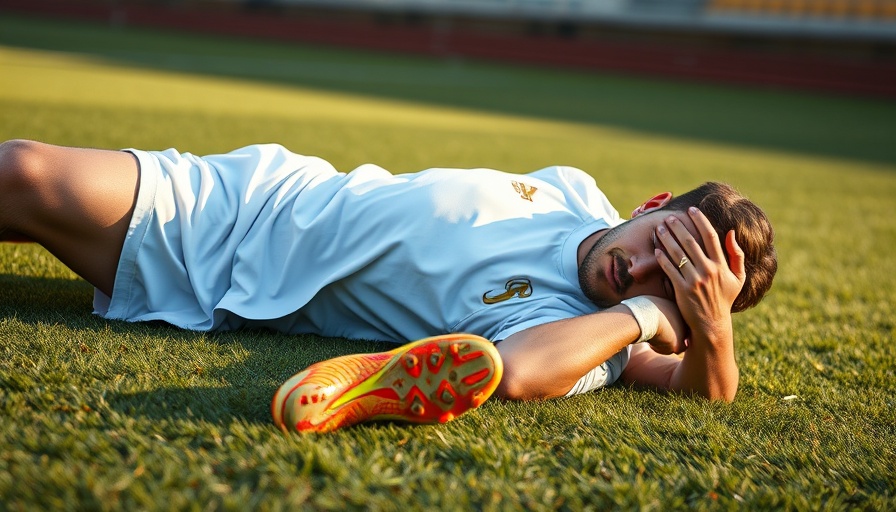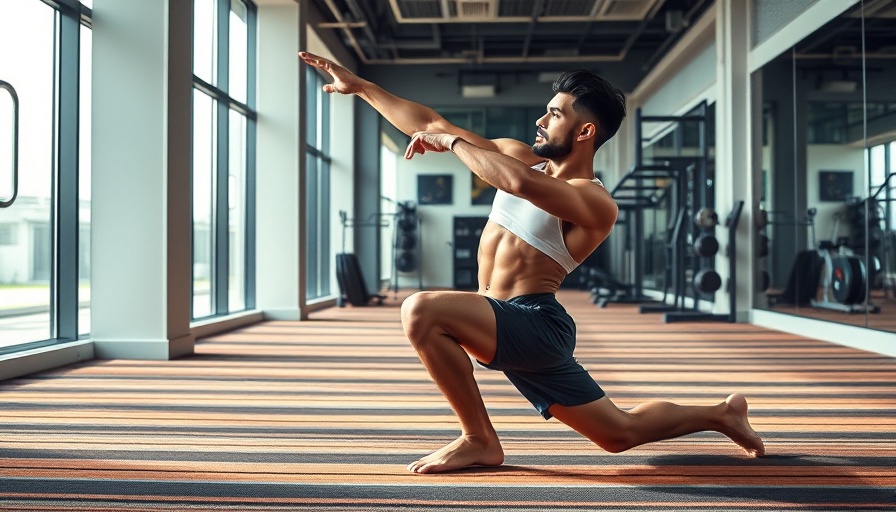
The Critical Role of Our Feet in Daily Life
The foot is not just a mere appendage; it's a marvel of engineering that ensures our mobility and stability. For individuals engaged in sports or outdoor activities, understanding the importance of foot health cannot be overstated. With a recommended goal of walking 10,000 steps daily, our feet play a fundamental role in absorption of impact, maintaining balance, and aiding movement. Each step involves intricate movements and coordinated actions that, if overlooked, can lead to various complications.
Understanding How Feet Function
The foot's primary functions can be summarized into three key areas: weight/shock absorption, balance/postural alignment, and propulsion. As we walk, jog, or run, our feet absorb the shock of impact, which is vital for our body to endure repeated motions throughout the day. Any dysfunction in this process can affect overall well-being and athletic performance.
Biomechanics and Foot Function: An In-Depth Look
Biomechanics play a significant role in podiatry, focusing on the mechanics of our body movements and the forces that act on us during activities. Proper biomechanics ensure that as we stand or move, our feet and ankles effectively manage various forces like pushing, pulling, sliding, and twisting. Should these forces not be evenly distributed, the risk of injury increases substantially, impacting not just the feet, but also the legs, hips, and lower back.
Common Foot Conditions and Their Implications
Several conditions can arise due to poor foot mechanics. Plantar fasciitis, for instance, is characterized by sharp heel pain, often exacerbated after periods of rest. This condition is frequently linked to poor foot biomechanics or calf tightness causing a restriction in dorsiflexion. Another prevalent condition among athletes, particularly runners, is Tibialis Posterior Syndrome (PTTD), which can lead to a flattening of the arch and significant discomfort.
Monitoring Foot Health: Signs and Assessments
Monitoring foot health involves visual assessments for signs of excessive pronation or supination during movement. These conditions can lead to muscular imbalance and ultimately contribute to chronic pain or injuries. Regular evaluations by trained podiatrists can help identify early signs of dysfunction, allowing for preventive measures and interventions before complications arise.
Injury Prevention Starts at the Feet
Foot injuries not only impact mobility but also reverberate through the kinetic chain of the body, causing ongoing discomfort and limitations. Understanding the fundamentals of foot biomechanics can empower athletes and active individuals to adopt proper footwear, techniques, and routine evaluations to maintain optimal foot health.
Bridging the Gap: The Mind-Body Connection in Foot Health
The health of your feet is intrinsically connected to your overall physical performance and mental well-being. Recognizing the importance of maintaining foot health can lead to enhanced mobility, reduced risk of injury, and greater enjoyment in your daily physical activities. Additionally, embracing practices that promote foot health can also reinforce a positive mind-body connection, fostering an overall sense of well-being.
Actionable Insights: Maintaining Foot Health
Being proactive about foot health is pivotal. Individuals should regularly consult with a podiatrist for biomechanical assessments and explore custom orthotics if necessary. Engaging in strength training exercises focused on the lower limbs can also enhance stability and mobility, further safeguarding against injuries. Remember, taking steps to care for your feet is an investment in your overall health and performance.
As you continue your journey toward maintaining an active lifestyle, consider incorporating foot assessments into your routine to enhance your performance and prevent injuries. Don't overlook the foundation of your body's movement—a healthy foot can lead to a healthier you.
 Add Row
Add Row  Add
Add 






Write A Comment